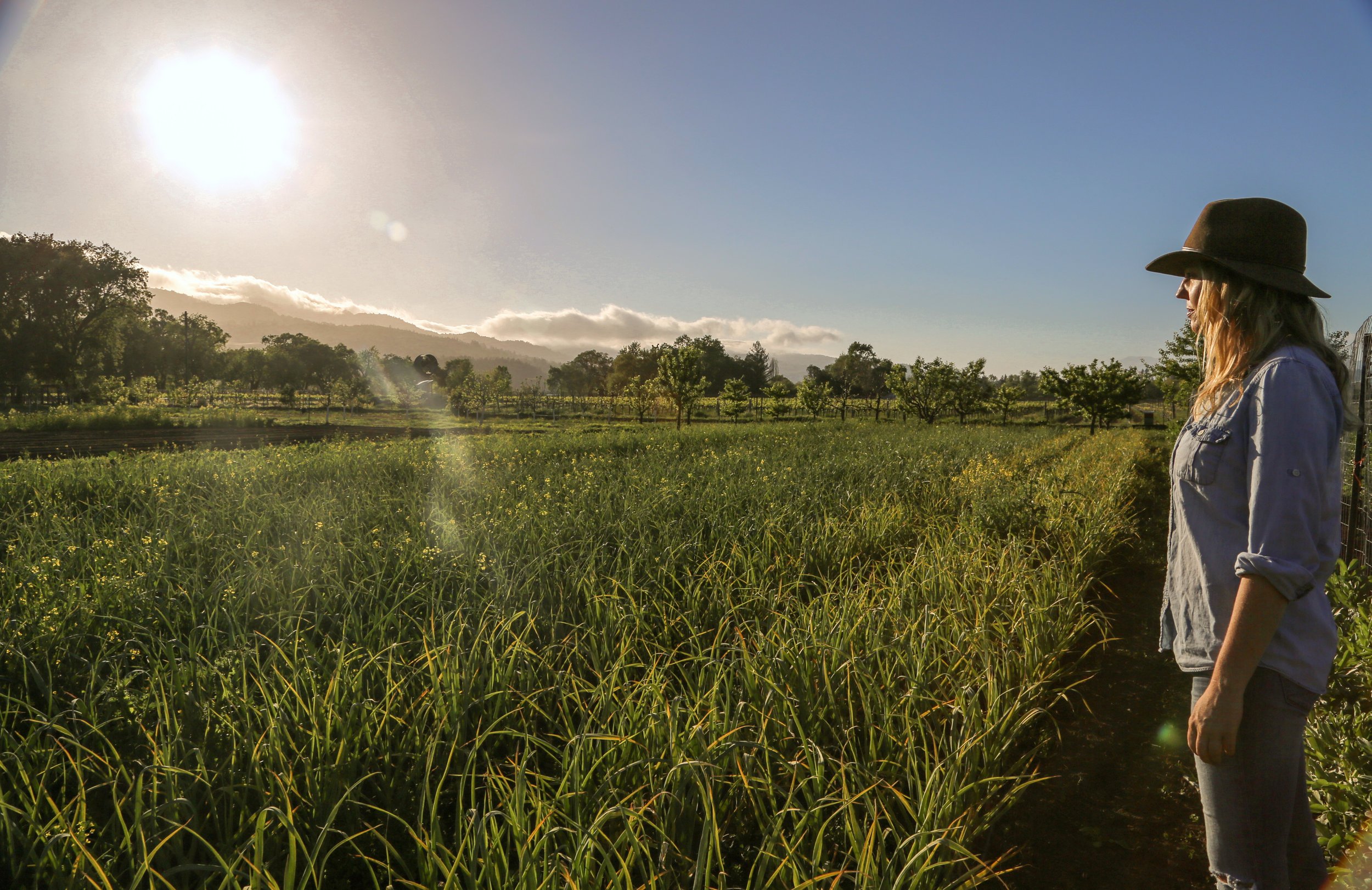
About
Donec sed odio dui. Nullam quis risus eget urna mollis ornare vel eu leo. Fusce dapibus, tellus ac cursus commodo, tortor mauris Ornare condimentum nibhr. Vestibulum id ligula porta felis euismod semper.
Like most journeys, my career has not been a straight line between two points. After graduating with a Communications degree (filmmaking focus) from Loyola, New Orleans in 1992, I landed my first full-time job in a very unexpected realm: environmental science. Working for Jacobs Engineering Group in the District of Columbia, I assisted a team of scientists in groundwater monitoring and remedial investigation-feasibility studies at Aberdeen Proving Ground, while pursuing graduate work in epidemiology at George Washington University.
Two years into this career, a chance meeting with a producer at an exciting new channel called “Discovery” led to side work, igniting a passion for science documentaries in this growing industry. I pivoted my career, moved to New York City, and (after much pavement pounding) landed an unpaid internship with National Geographic Television in New York City. I waited tables at an Egyptian nightclub off Times Square to pay my bills, until a full-time position at Nat Geo opened. And so began my career in documentary.
After three years as an assistant and researcher in the industry, I felt that I needed more focused guidance in story structure. I applied to Columbia University’s very intense Graduate School of Journalism. The summer before attending, I landed the job of a lifetime, associate-producing The Andes, a 16-mm film Discovery series. Over two months, I assisted a film crew in remote, dangerous areas throughout Peru and Columbia. Expeditions included descending into Colombia’s deadly Galeras volcano with geologist Dr. Stanley Williams, and summiting 19,000-foot Pichu Pichu with archaeologist Dr. Johan Reinhard, who discovered two mummified Incan children. The latter later inspired a writing assignment at Columbia Journalism School, resulting in my first published piece appearing in Scientific American: Discovering Archaeology.
After graduating from Columbia, I researched and associated-produced major science documentaries including Voyage to the Milky Way, a two-hour PBS 16-mm film series (funded in part by the NSF) examining the future of space exploration, with scenes filmed at The Jet Propulsion Laboratory, and various Mauna Kea telescopes.
In 2000, I moved to London and developed my first story as a producer. Outside Television commissioned the film documenting Ice Challenger, an Arctic-based expedition carrying The Explorers Club’s flag. To arrive at the Bering Strait, I drove a snowmobile 150 miles through a blizzard. We resided for many weeks in a large Styrofoam “igloo” in an Inupiat village at Cape Prince of Wales—with caveats of roaming polar bears, frozen shorelines, and unpredictable weather. I shot aerial footage hanging outside a helicopter over ice floes when our team photographer refused due to life insurance risks. I contributed written pieces to Outside magazine about this and other stories. Ice Challenger, combined with previous science work, resulted in my unexpected election as a Fellow of The Explorers Club.
In 2003, I accepted a challenging position creating a documentary unit for PBS in my home state, Alabama. Over the next five years, I hired and trained staff while researching, directing, producing, and/or executive-producing seven films, including five award-winning programs on racism and civil rights. Three of these aired nationally: The Quiltmakers of Gee’s Bend, Mr. Dial Has Something to Say, and The Sisters of Selma. The films appeared in film festivals worldwide and now reside in numerous university library collections. Industry accolades included eleven Emmys; a major grant from the National Endowment for the Arts; a Golden Gate Award for Best Short Film, San Francisco International Film Festival; a Cine Golden Eagle Special Jury Award for Best Arts Film nationwide; and more. PBS chose Mr. Dial Has Something to Say as one of five films to represent PBS programming excellence at INPUT, the International Public Television conference.
In 2008, I moved with my husband—a winemaker and sommelier—to Napa, California, and documented the seasons, cultures, science, and scions of winemaking. I researched Napa history dating back to the indigenous Wappo tribe, and profiled hardworking immigrant farmworkers and viticulturists, lavish parties, and life-altering environmental events—all of which have driven Napa since the 1800s. I often find myself alone on precariously steep mountain slopes with my camera and drone before dawn. Over the years, I contributed video, photography, and written content to various local and national media outlets, including San Francisco Chronicle, Napa Valley Register, Sonoma Valley Sun, Wine Spectator, and The Wine Advocate, while assisting a diverse array of clients in telling their real and compelling stories.
CONTACT
Celia@CeliaCarey.com
707-299-7491